"Why I deleted your application", or the main reasons for user dissatisfaction with your program

You are a mobile application developer, and you are very proud of yourself, because you have just finished working on another excellent program. It added all the features that may be useful to the user. The program has been tested many times, everything works fine. You took the job of a designer who created cute icons and other images. We load the application into the directory and ... in a few days we see a huge number of deletions of your application by users who have already installed it.
They do not just do not use your program, no, they delete it! But why? You start the application and start testing it, studying it again and again, looking for a possible problem. But everything works fine, there is no obvious reason. What is the matter? Let's try to figure it out.
The application requires special permissions or access.
Yes, the initial idea is to allow the user to log in to the application using social networks. In principle, users usually use this authentication method, and the developer has fewer headaches. First, there is no need to think through the system of direct registration, and second, there is no need for a server that provides the authentication system.
')
What is the reality?
What happens if the user simply does not have an account in the social resources offered by the application? This is the first problem.
The second is that an authentication system using social networks often requires full access to a user account. Not everyone likes it.

The user, seeing such freedom of the application, may not want to work with the program. Update profile? Post messages instead of yourself? No thanks.
Decision
Give users the opportunity to create an account on their own. Social networks are good, but this way should be additional, but not the only one. In addition, try to limit access to the program to a user account in a social network. Do not request access to the user's message list and do not allow the application to post messages to the user account. If this is critical for the application - yes, this technique can be used, but these are isolated cases. Also, when the user first loads the application, give him the opportunity to create an account himself, with the possibility of reminding a forgotten password.
Imgur has an excellent user login screen. And the options, and the design is good - there is nothing to complain about.
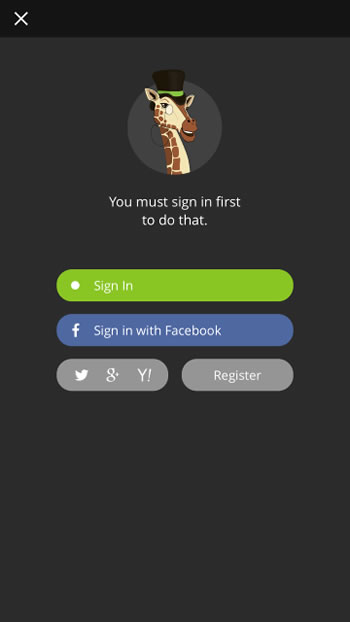
Your application is not user-friendly.
You have been creating applications for a very long time and consider that you know all the needs of users. Also you think that some messages / tips can be omitted. For example, why tell the user that you need to drag your finger across the display from left to right to make the menu appear? Yet it is already known. In addition, you have just studied the Human Interface Guidelines and created something of your own.
What is the reality?
What happens if the user gets a program that is unclear what to do. Where is the settings menu? Where are the contacts? How to get out of here at all?
Here is an example of an application that is designed for the iPhone, but does not look native. Here is a completely custom interface, where there are no elements at all that are commonly used in iOS programs.
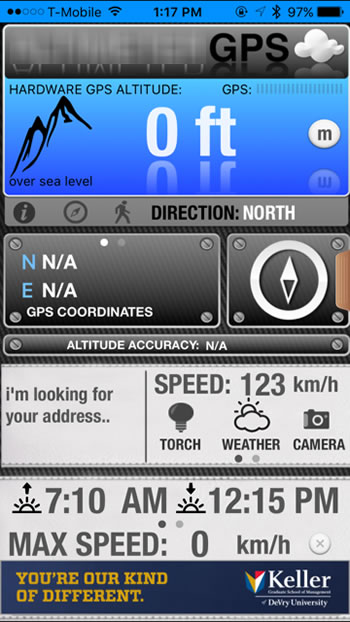
In addition, when you click on any of the blocks of the program, it plays the animation, which seems to have been made in the first version of Power Point. On the second screen there is a strangely located return button to the previous menu.

Decision
Try to create an interface that will work and look accordingly to the platform for which the application is written. Tips, clear menu, intuitive interface. Users like this.
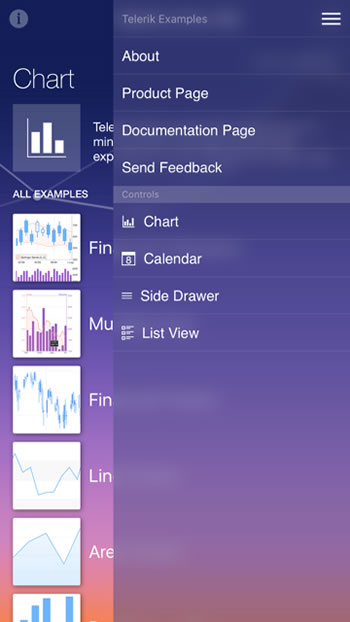
Here is a screenshot of the application that works as expected by the user. Deal with the application is easy.
If the program interface has hidden features (for example, additional gestures), you should consider a small tutorial.
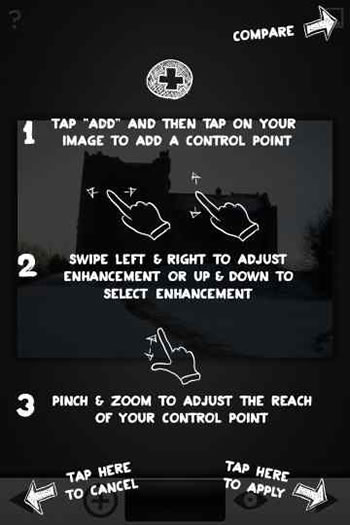
Your application immediately asks for user money
After so many hours spent on developing the application, and the application is excellent, you plan to immediately start earning one way or another. Advertising, in-app-purchases, freemium are all great ways to monetize a program, which Appodeal has repeatedly spoken about, for example, here .

But is it worth asking the user for money right away? This is a difficult question, it is best to see how all this is arranged by competitors, if they, of course, have them.
What is the reality?
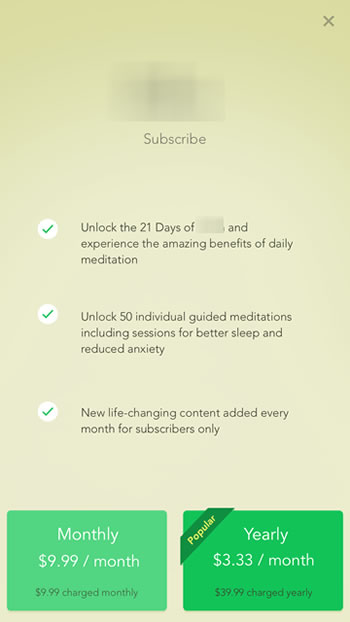
Most applications have analogues, and if you ask for a lot at once, the user can simply delete such a program and search for a free alternative.
Decision
The simplest answer is to wait with the launch of the advertisement when you first open the application, let the user get used to it. He will help you make money more than once. And, of course, to compensate for a small “loss” in income, connect to our system .
By the way, not everyone knows that many ad networks (for example, AdMob) prohibit showing ads at all during the launch or closure of applications . At this point you should pay attention.
When using in-app purchases, you can wait for a suitable opportunity to appear. An excellent example of an application that uses such a model, and is used correctly, is Working Copy. Now the developer offers two options:
1. Free, with the appropriate dialogue that occurs when the user works with some functions of the program.
2. Paid, where the old functionality is preserved, but there is no dialogue.

This application is not for you!
Some developers, creating a program, are very worried about which version of the OS the user will work with the application. And you decide to check the version of the mobile OS after installing each of the updates of its program. If the version is not suitable, a corresponding notification appears.
Of course, most application directories compare the OS version and the requirements of the program, but in some cases the program after the update gives the following warning:
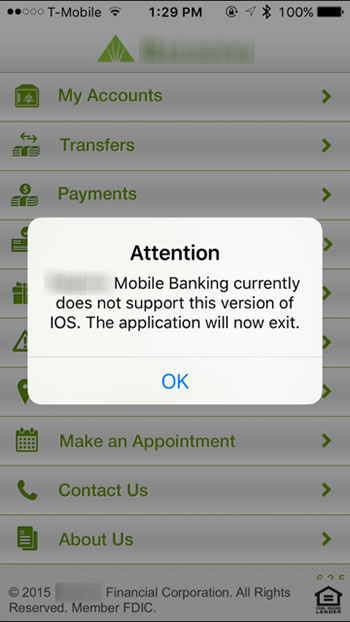
In this example, the application shows a warning and closes (which, by the way, is prohibited by Apple policy). Such behavior of the program is very annoying to users, and after what happened, it is unlikely that anyone will deal with the problem, look for solutions. Most likely, the application will simply delete and find an analog.
Decision
Here you can advise not to use the OS version check, but to check for the presence of the API or characters that are required by the program. Of course, the solution is different for applications under different operating systems, but StackOverflow is always at hand.
As output
Of course, there are many other reasons why users remove only installed applications. But described above is what happens most often.
By the way, what can make you remove someone else's application?
Source: https://habr.com/ru/post/265693/
All Articles